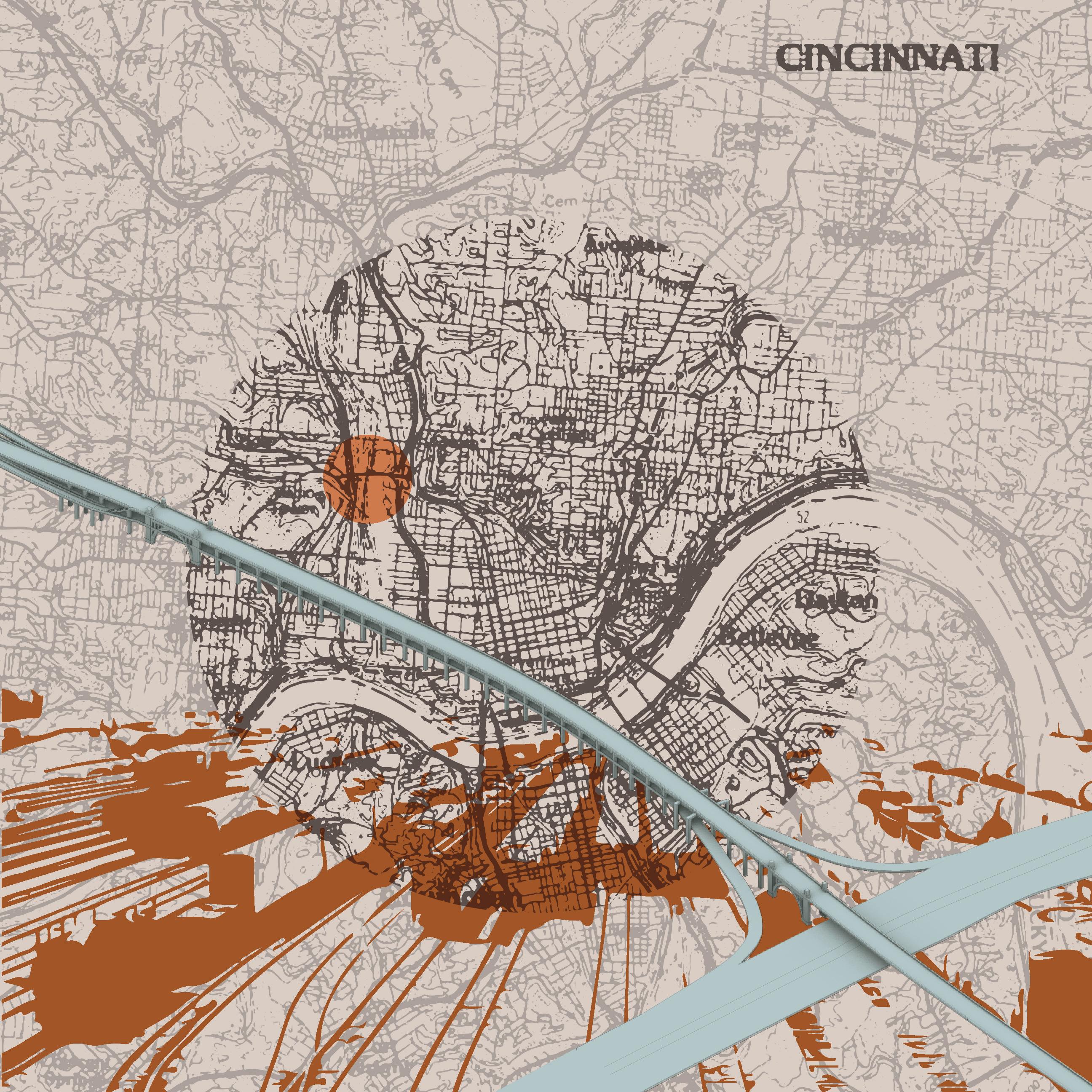
1 minute read
SITE
Spanning over 3,500' in length connecting uptown/downtown Cincinnati with western Hamilton County, the Western Hills Viaduct is a critical linkage in Cincinnati's urban core. Built in the early 1930's, the viaduct carries roughly 55,000 cars per day above Mill Creek Valley and CSX Queensgate yard, one of the largest and most active rail yards in the country. As the bridge nears 100 years old, its useful life is coming to an end, and construction of a new bridge is slated for completion by 2030.
VERTICAL CIRCULATION
(PUBLIC)
Pedestrian Means Of Passage

Given the historical significance of this bridge and in the spirit of enhancing Cincinnati’s walkability, this proposal seeks to reimagine the bridge in a green, pedestrian-oriented manner that removes vehicular traffic from the equation entirely. The main components of the new WHV adaptation includes an affordable housing solution as well as connection to the city’s increasingly popular yet limited streetcar system.


